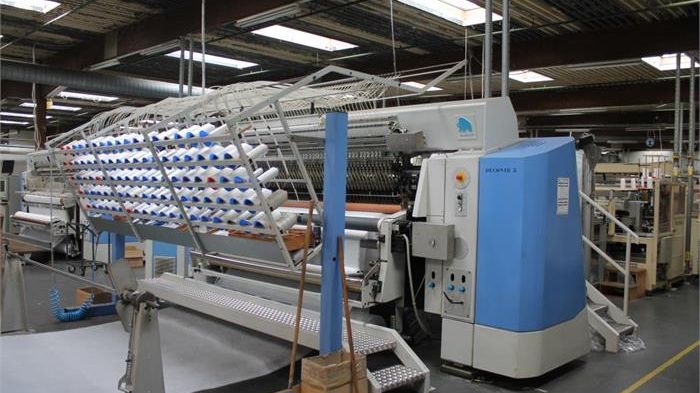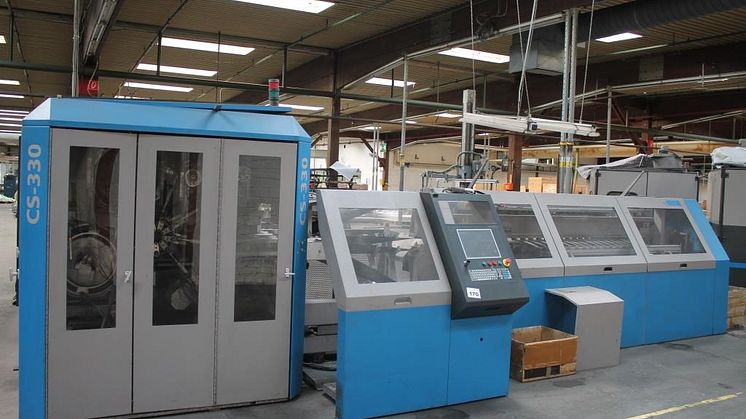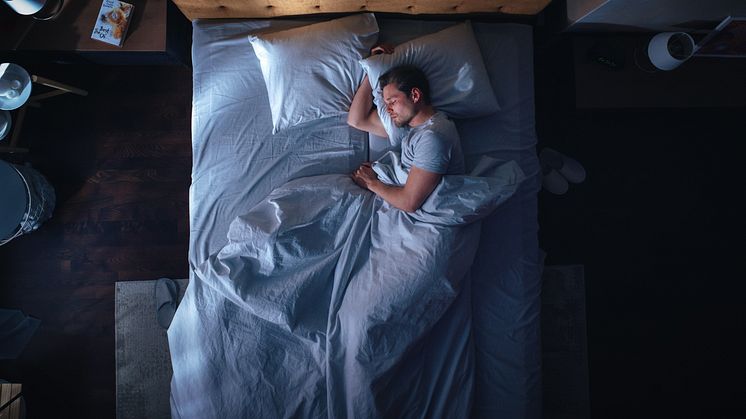
Press release -
From cold-foamed comfort to spring core structure: How a mattress is made
Whether it's a spring core mattress, foam mattress or box spring bed - we sleep on them every night. But how many of us know how mattresses are made? The production of a mattress is a complex process that requires specialized machines and the right combination of materials. Mattress manufacturers can still supplement their operations with high-quality used machinery until May 17th.
Good sleep is essential for our health and quality of life. Studies show that Germans spend an average of 24 years and four months of their lives sleeping. The Dutch have understood this: they are considered sleep champions and get an average of 8.1 hours of sleep per night. However, it's not just about the quantity of sleep, but especially about the quality. Because we can spend so many hours in bed, but if the quality of sleep is not right, we will still be unrested the next day. The choice of the right mattress plays a crucial role in healthy and restful sleep. Insomnia, sleep disorders, back pain, and tension can often be attributed to an unsuitable mattress.
The variety of mattresses
According to a 2016 Statista survey in Germany, 37% of respondents use cold foam mattresses, while 35% prefer spring core mattresses. 14% prefer a box spring bed as their sleeping surface.
The construction of a cold foam mattress and a spring core mattress differs fundamentally. Cold foam mattresses consist of a core made of a special polyurethane foam. It can be produced in different densities and hardness levels, which enables the creation of different zones for pressure relief.
Spring core mattresses, on the other hand, consist of a core made of interconnected metal springs. A padding layer on top of the spring core improves comfort and pressure distribution. It is usually made of different materials such as foam, fleece or cotton. A box spring bed consists of several layers, including a spring core mattress, a box with springs, and often a soft topper.
A look behind the scenes of mattress production
The manufacturing of foam mattresses relies on the correct combination of materials and the use of specialized machines. First, the different layers of polyurethane foam are cold foamed. Specific mixtures and hardness grades are used to achieve the desired comfort and firmness. The chemistry behind this: the two chemicals isocyanate and polyol are mixed and react in a polyaddition reaction to form polyurethane. Mattress manufacturers typically purchase the foam material as a roll or block for further processing. Such blocks are huge, sometimes as large as a railway car.
The raw product is first cut horizontally and vertically. Then, the individual foam layers are glued or thermally welded together to form a mattress. After composition, the mattress is compressed and vacuum-packed in a special machine to facilitate transport. Upon unpacking, the mattress expands and returns to its original shape.
The production of innerspring mattresses requires several specialized machines because they are made from different materials. First, the metal springs are made from high-quality spring steel wire. This wire is wound and formed into individual springs in specialized machines. Then, the springs are connected to each other either by connecting wires or a special fabric layer. These connections provide stability to the innerspring and enable even weight distribution. Once the innerspring frame is complete, it is manually inserted into a foam casing because no one wants to sleep directly on metal wire.
The insolvency of the Houben GmbH
What all mattresses have in common is that they must absorb up to one liter of sweat every night. Therefore, it is advisable to replace them regularly, ideally every 10 years. It is not surprising that the turnover in the mattress segment in Europe will be around 11 billion euros in 2023. The trend is increasing because the population is growing. A large market, which is heavily dependent on the purchasing power of the end customer. Therefore, insolvencies in the textile industry are particularly common during inflation-driven times. One example is the insolvency of the German mattress factory Houben GmbH, whose entire operating equipment will be auctioned off by Surplex subsidiary HT until May 17th.
Houben has an impressive production area of around 40,000 m² in Hückelhoven (Germany) and annually produces around 4,000 box spring beds and 80,000 spring and foam mattresses. The production of this variety of mattress types in different cuts and shapes in their own production was only possible due to the comprehensive machinery. Therefore, the ongoing auction includes a variety of machines, including double-chain stitch multi-needle sewing machines, cutting machines for foam, spring core systems for the production and connection of springs, upholstery machines, foam cutting and bonding machines, compression and packaging systems, as well as trucks for transport. In addition, raw materials such as foam blocks and wire rolls as well as operating equipment such as forklifts and pallet racks are also offered.
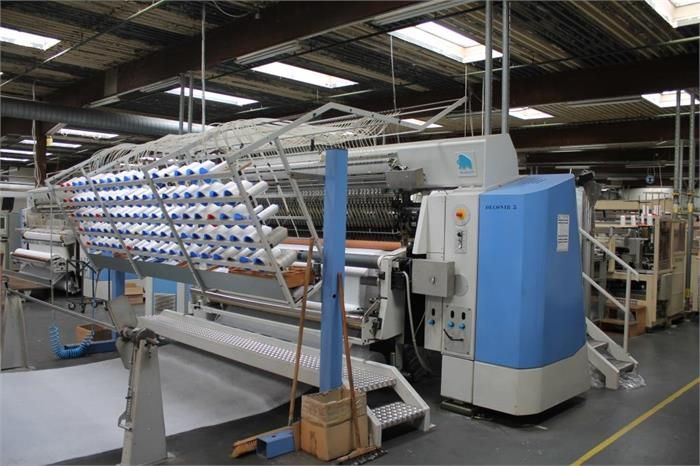
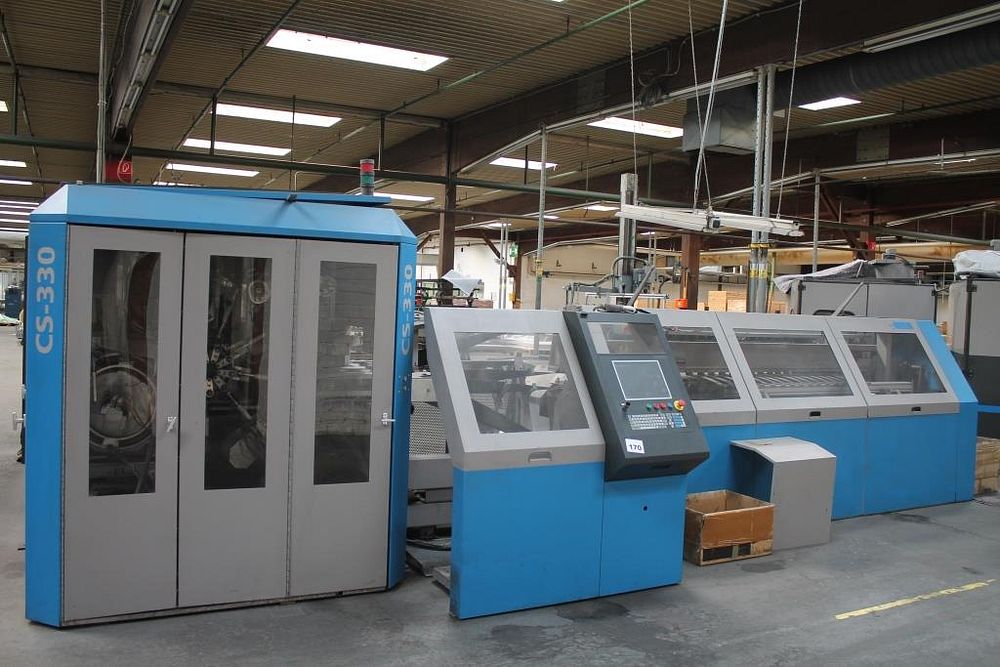
About HT
HT is one of the leading companies for the valuation and realisation of movable tangible assets and industrial goods in Germany. From its head office in Hamburg and further offices in Cologne, Bodenheim, Crailsheim and Chemnitz, HT undertakes valuation and realisation assignments of all sizes and sectors for renowned insolvency administrators, entrepreneurs, banks and leasing companies throughout Germany. With an experienced team of experts, HT prepares between 300 and 500 expert valuations annually and conducts an average of between 70 and 100 international industrial auctions per year. Further information at www.ht-kg.de.
About Surplex
Surplex is one of Europe’s leading industrial auction houses and trades worldwide with used machinery and equipment. The 16-language auction platform Surplex.com records approximately 50 million-page views annually. More than 55,000 industrial goods are sold each year at more than 800 online auctions. The company is based in Düsseldorf (Germany) and has offices in 15 European countries. Over 220 employees from 20 different nations generate an annual turnover of more than EUR 100 million.


